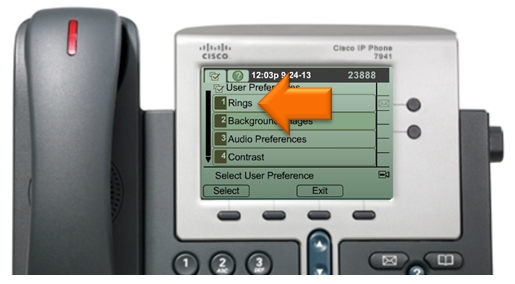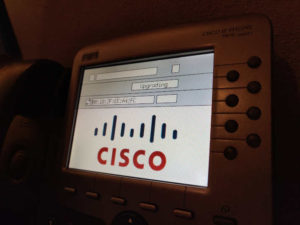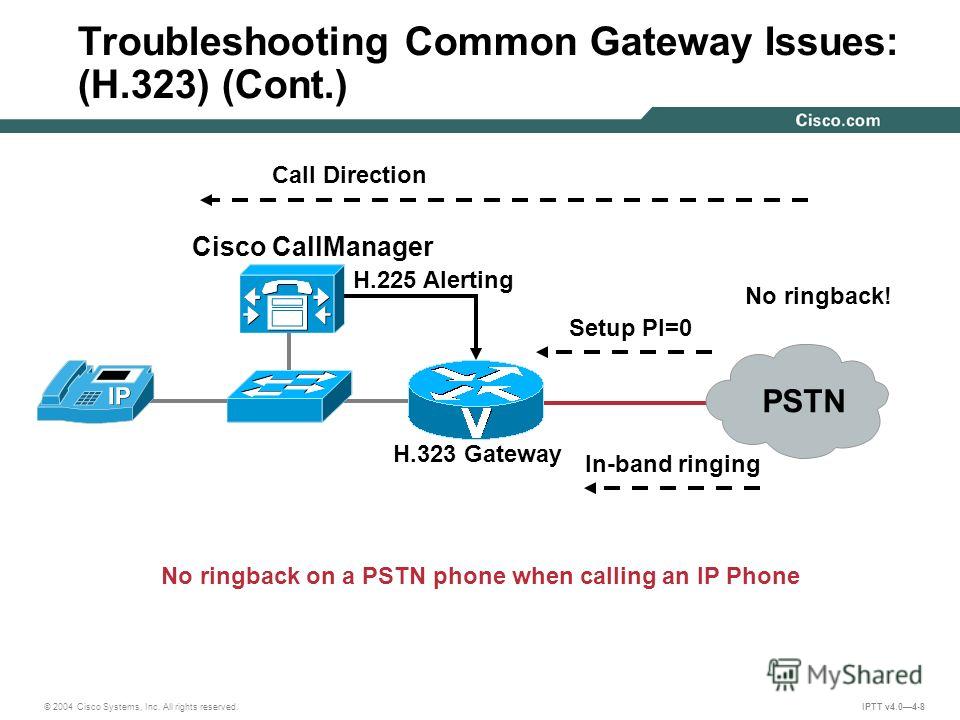

Make sure your XML file syntax matches the case in the example and you name the file “Ringline.xml” (notice capital “R” this got me).įinally, when you go to choose the ringtone on a phone, it should see the list populated with the naming scheme you chose.This document provides the configuration steps you use to add custom phone rings to Cisco CallManager Express. *NOTE: At least with CUCM TFTP server, the server filename architecture is case sensitive. If you are using the CUCM as your TFTP server, you’ll need to restart the service (Goto Serviceability > Tools > Service Features > Restart TFTP). Once modified with your settings, you’ll need to upload this to the TFTP server. The order you place the ringtones in this list, is the order it is displayed on the phones when a user wants to choose their ringtone.

The format of this XML file can be found here, and it is: Next, you need to modify the current Ringline.xml file on the TFTP server. Next, you need to upload to the TFTP server in the root directory. Header needs to be “RAW (header-less)” and Encoding needs to be “U-Law”. In the filetype drop down, choose “Other uncompressed files”. Once you get it where you want it, you’ll need to export the file as RAW (no headers) and u-law. If so, you’ll want to speed up the track until it’s where you’d like it (I found that if going from 44100Hz to 8KHz, I had to speed up about 500%). Now you’ll notice that the ringtone length may have increased. You’ll see a small downward facing arrow to the right of the truncated filename. To do this, look to the left side of the track in question. You need to change the sample rate to 8KHz (8000Hz) of the track. Nonetheless, I just used Audacity with the Lame plugin to import the MP3 file.




 0 kommentar(er)
0 kommentar(er)
